Dozens of tributes to Stan Lee on line. This one is from this morning’s Montreal Gazette.
Comic book legend Lee dead at age 95
Creator of the universe of Marvel superheroes helped us dream big, Mark Daniell writes.
Stan Lee, seen surrounded by images of his many iconic superhero creations, died on Monday. He was 95.
“I hope your nephew enjoys the Avengers.” That’s how my one and only interview with comic book legend Stan Lee ended on a rainy afternoon in Boston. Lee, the dynamo who helped co-create Spider-Man, Black Panther, Daredevil, Iron Man, The Fantastic Four, X-Men and The Incredible Hulk, among others, was rushed early Monday morning to Cedars-Sinai Medical Center in Los Angeles where he was declared dead, said Kirk Schenck, a lawyer for Lee’s daughter, J.C. Lee. He was 95. In recent years he had been plagued by several health issues, including a battle with pneumonia, but he was still full of life. In this business, I’ve had the chance to meet a lot of my idols, but sitting across from the man who was the architect of many of my childhood dreams and who helped me fall in love with comic books was a pinch-me moment. When we spoke in 2015, the Marvel Cinematic Universe — which has given big-screen life to many of his creations — was in full swing. But, as always, he was looking ahead. Lee, who rose to prominence in the 1960s, name-checked Black Panther, which was released earlier this year, as one of the titles he was most looking forward to seeing. In rat-a-tat-tat fashion, he listed off sequels to the Avengers, Guardians of the Galaxy, and Captain America as other instalments he was anticipating. Then he got into Daredevil (telling me he envisioned it on the small screen long before Netflix acquired the property), the Inhumans and Ant-Man. He also raved about Spider-Man joining the MCU. “I think it’s one of the best things to happen,” Lee said. “Now he’ll be able to appear in any of our other movies. It’s going to be great.” And just like the rest of us, he was on the edge of his seat wondering what characters might be coming soon to a theatre near you. “I don’t even know how (Marvel) decides what to do next, because every one of them is so exciting and the public is waiting for them … I don’t think there has ever been anything like this in the movies before where you see one company turning out hit after hit. It’s kind of nice.” Asked to name a favourite film, he was coy. “I don’t have a favourite. Every single one of them I see I like better than the last one. I love them all.” An elder statesman in the comic book world, Lee is credited with helping turn superheroes into a form of art. It’s rumoured that he dreamed up a new story every day for a decade. Still, he could name his favourite Spider-Man cameo without hesitation. “I did a story years ago where I teamed Spider-Man, briefly, with the Fantastic Four,” he said. “Spidey decided he didn’t want to run around capturing bad guys for nothing; he wanted to get paid. So he thought he’d join the Fantastic Four and make some money. He swung into their window and said, ‘Hi, I want to join you. What do you pay?’ And when he found out they don’t get paid, he swung right out again.” Lee created the Fantastic Four with artist Jack Kirby in 1961 and it almost didn’t happen. He wanted to do character development at a time when no one else in comic books was interested in that. He almost quit. It was his wife — Joan, who died last year — who encouraged him to try one more comic book idea — the Fantastic Four. His success with that team helped him imagine the series of heroes we all know and love. But it was perhaps Spider-Man who resonated the most. “For some reason, young people seem to prefer Spider-Man. Everywhere I go I see Spider-Man costumes,” he said. Lee was warm and effusive as I gushed over his creations. And when I asked him about DC’s failure to connect with Batman v Superman: Dawn of Justice, he was diplomatic. “More power to them,” he said. Lee, who was born Stanley Martin Lieber on Dec. 28, 1922, in New York, worked well into his 90s on films, TV and a slew of internet ventures. He made cameos in all the Marvel movies and when we spoke he declared his appearance in Avengers: Age of Ultron his favourite. On top of that, up until recently, he was a regular on the convention circuit. And it turned out staying busy was his key to a long and fruitful life. “Just keep busy,” he told me, when I asked him his motto. “I think the most important thing is to be busy, because if you have work occupying you, you don’t have time to worry about the other serious problems in life.” Rest well, Mr. Lee. Thank you for helping us all dream big.





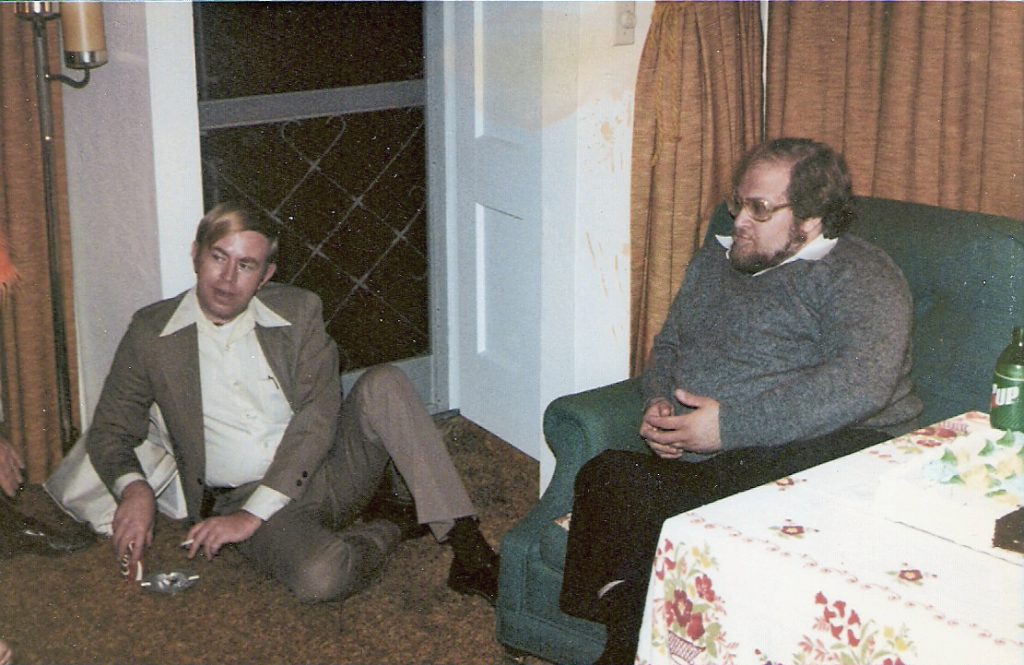
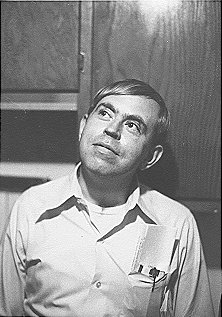
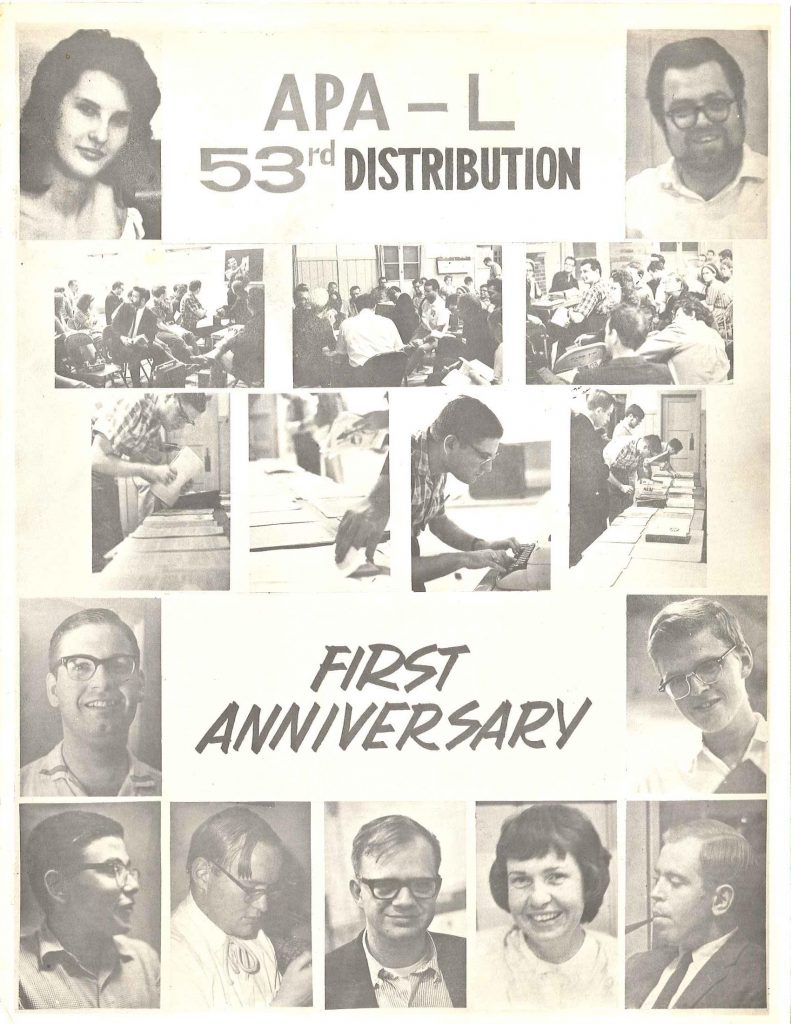
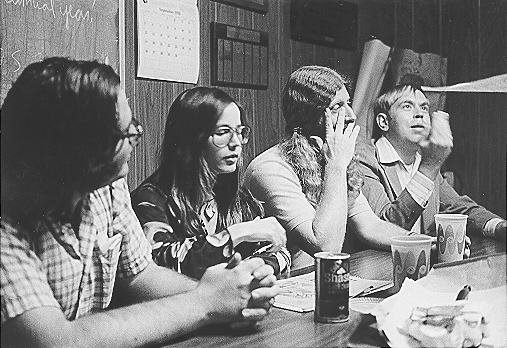
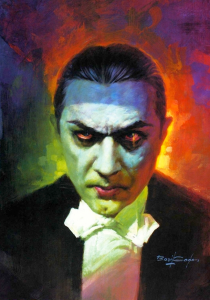
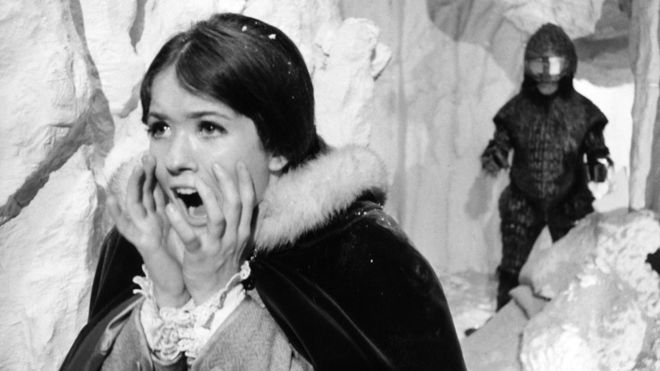

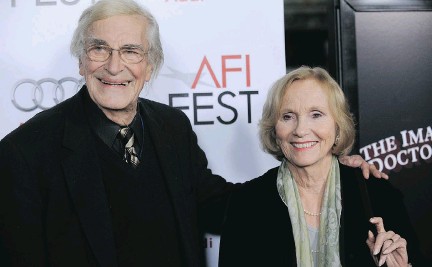 CHRIS PIZZELLO/THE ASSOCIATED PRESS
CHRIS PIZZELLO/THE ASSOCIATED PRESS